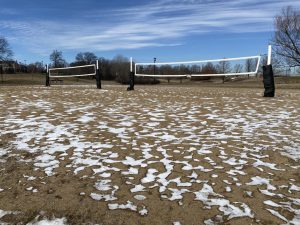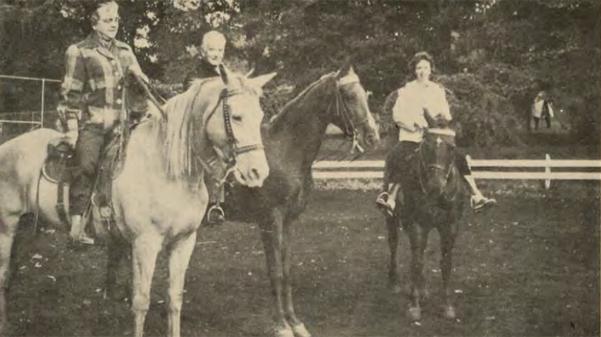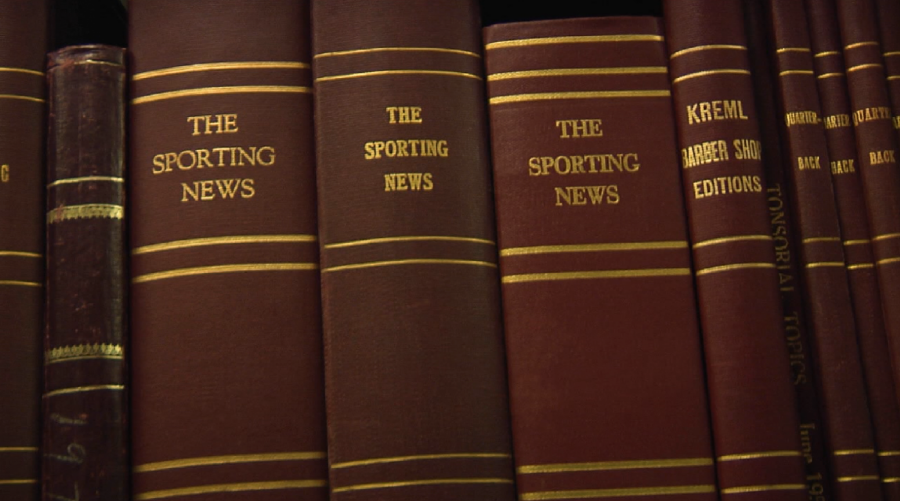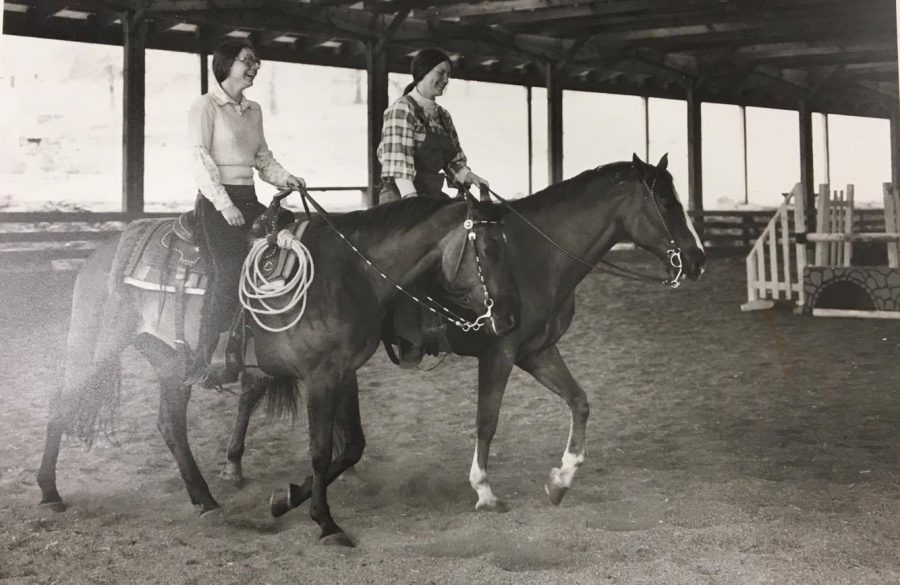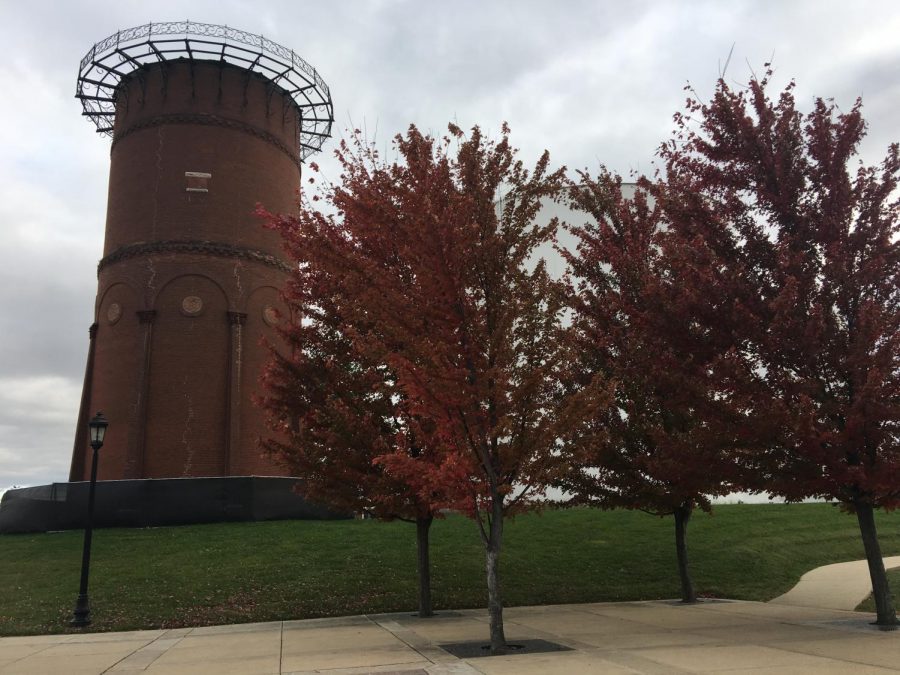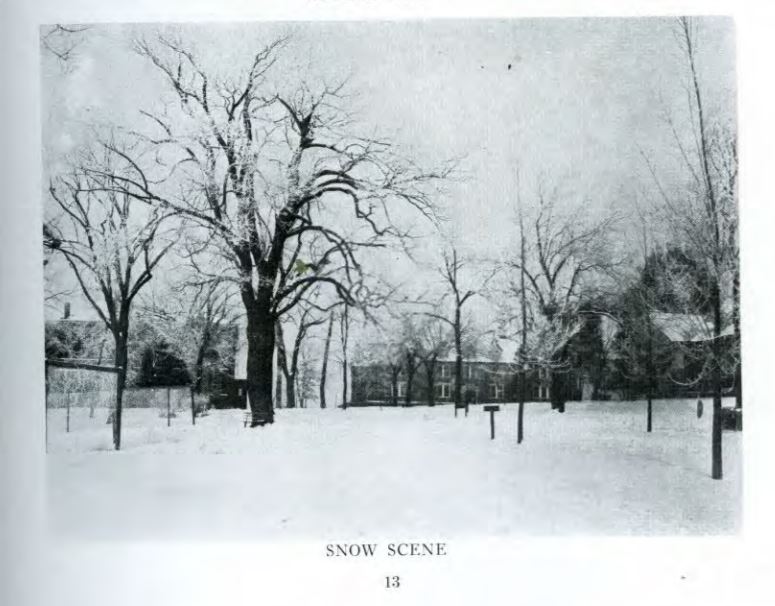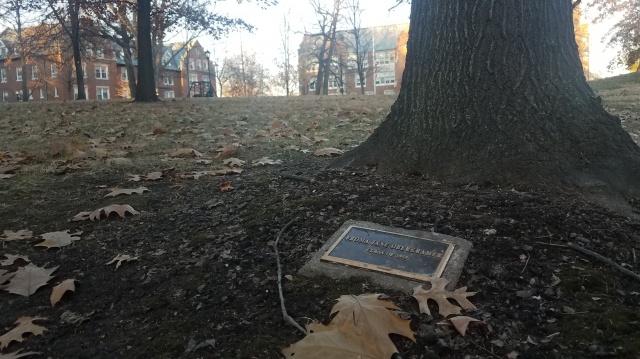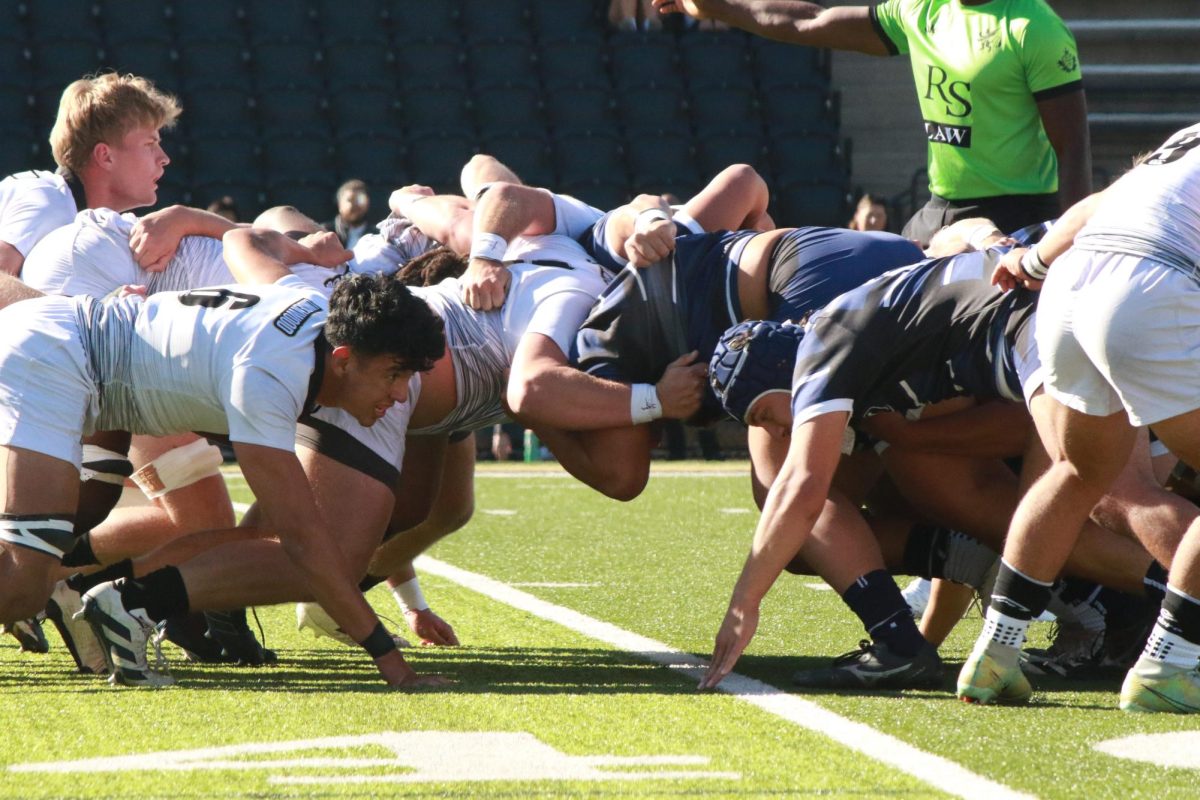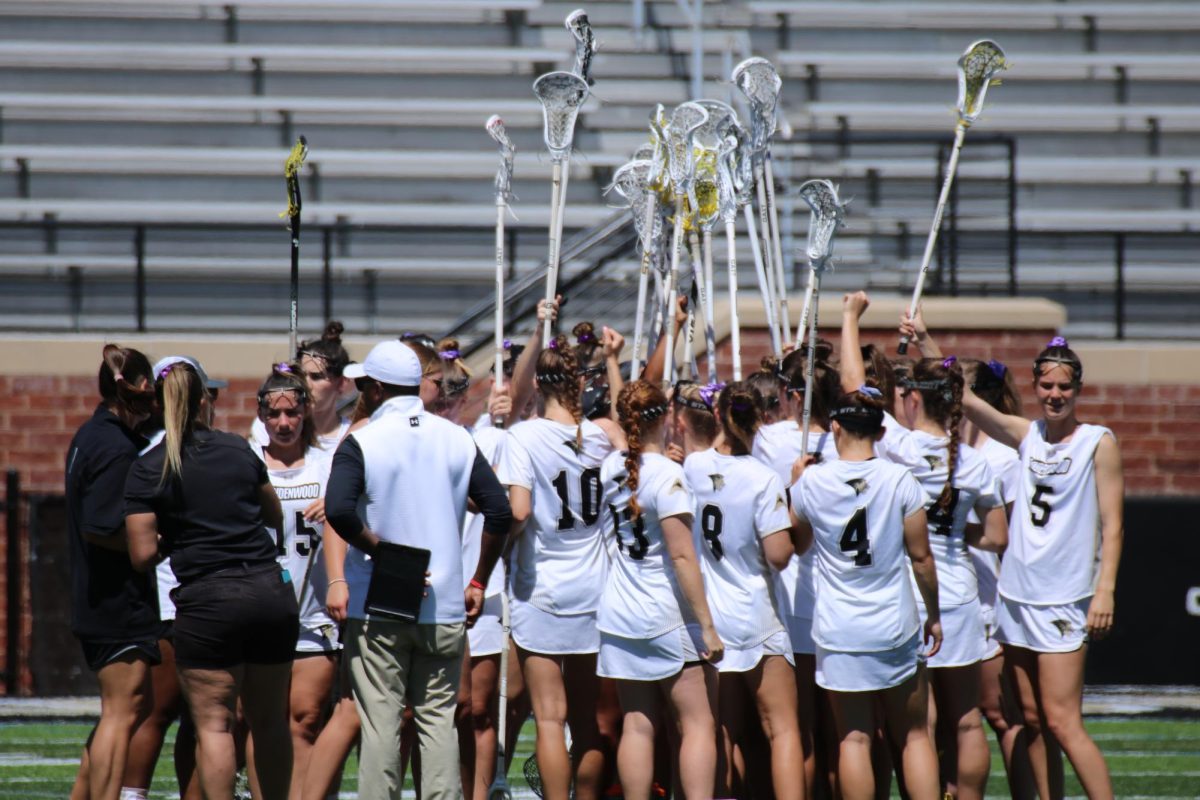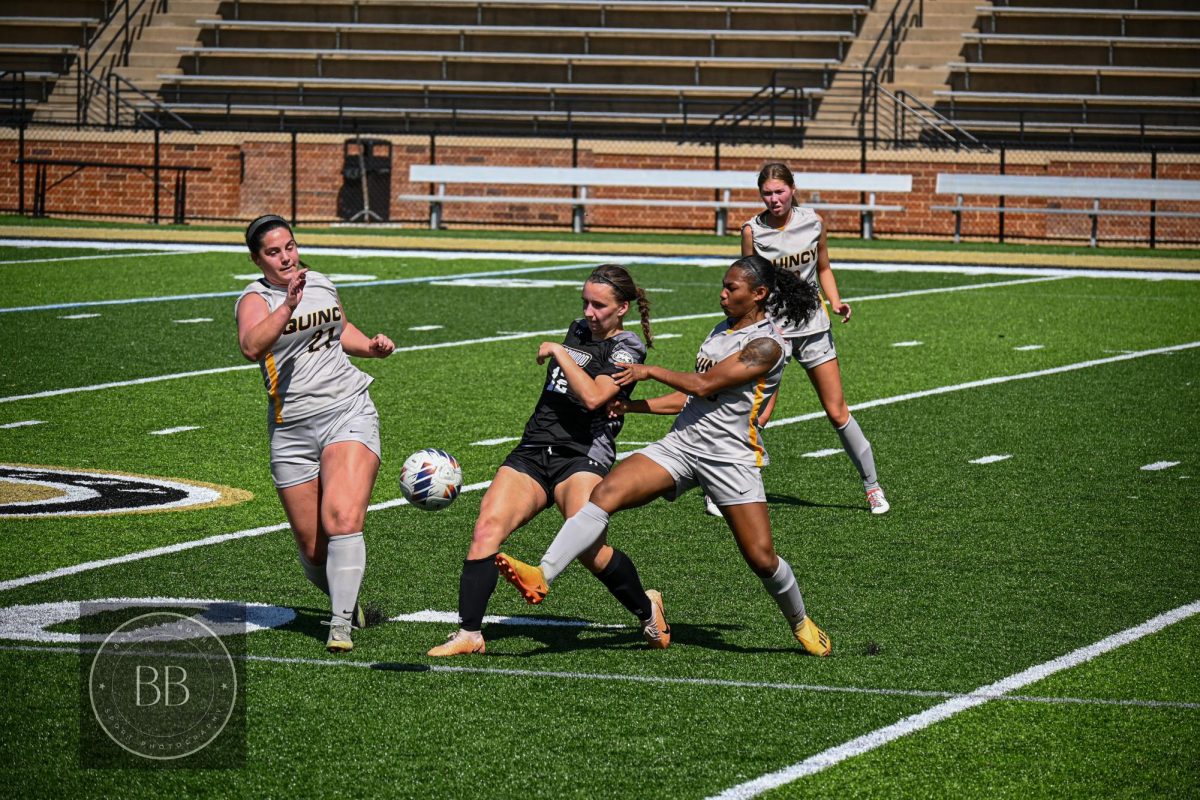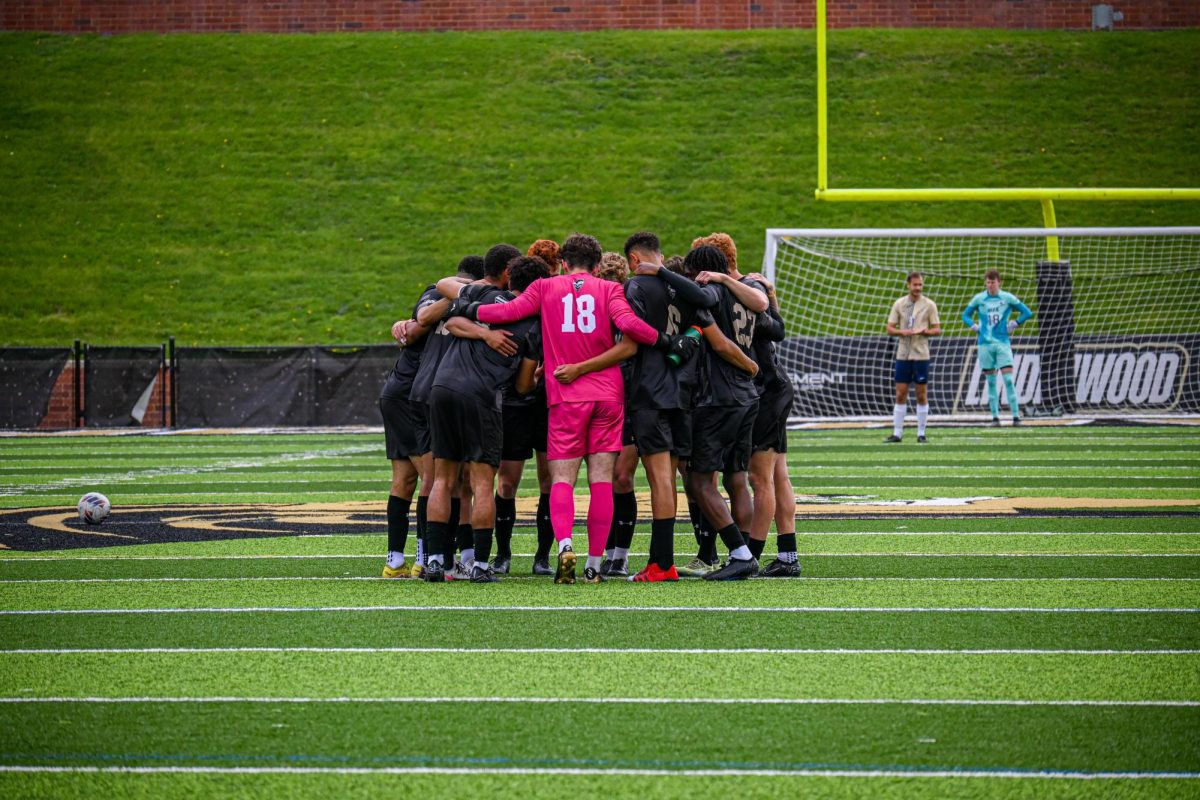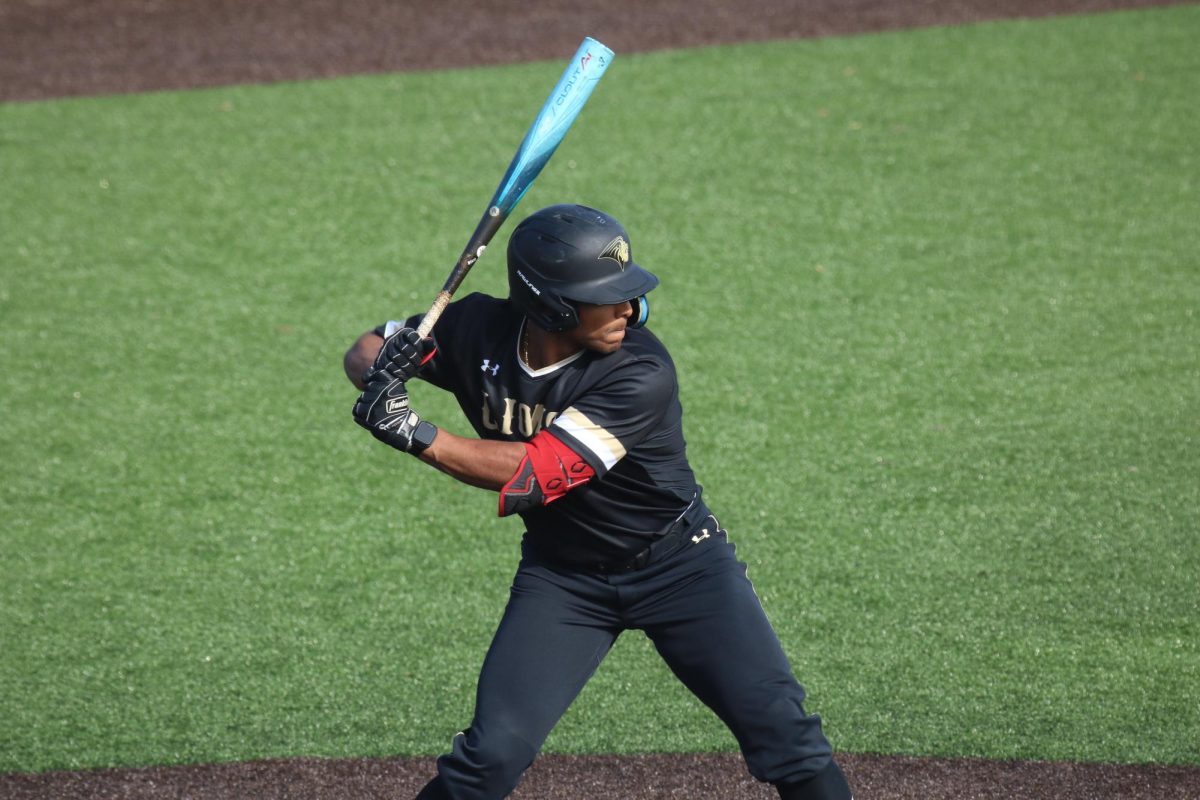MATT HAMPTON | Sports Editor
This series tells the story of the evolution of athletics at Lindenwood, from the early years to the present day.
For over a century, Lindenwood was a women’s college, and no intercollegiate teams were known to exist until the 1940s. However, students still participated in an interesting variety of sports.
The Old Days (c. 1870 – 1968)
Athletics at Lindenwood College were originally for fun or to provide physical education, university archivist Paul Huffman said.
The college’s first gymnasium was a 30-foot-by-90-foot building built around 1870 where Ayres Hall is today.
But exercise in the old gym was not the only physical activity Lindenwood ladies received during that era. In 1898, Under The Lindens, the monthly student newspaper, reported that the college had a track and croquet grounds, and students played familiar sports such as basketball, football and tennis, as well as battle-ball.

Photo from the Mary E. Ambler Archives.
Huffman said battle-ball was a rough-and-tumble sport popular during the 1890s. It originated at Cambridge and spread to other schools, both men’s and women’s, the New York Times reported in 1895. According to the article, battle-ball is “not highly scientific” and “very similar to basketball, but requires less skill and physical strength.”
The game was played on a 50-foot long field with a goal line at each end and a foul line in the middle. Six bowling pins were placed on each goal line, and a cord was stretched from poles 7 feet above the line. Players would throw a football at their opponents’ goal and could score points as follows: 10 for between the pins, five for hitting a post or pin, three for between the pins and the cord, and the opponent scored one point if it went above the cord.
Battle-ball was also a common source of injury at Lindenwood.
According to an 1898 Under The Lindens article, “We have already knocked two fingers out of joint, sprained a wrist, lost a demure little senior’s heart and given a blue-eyed damsel one black eye.”

Photo from the Mary E. Ambler Archives
The old gym was later repurposed, and in 1915, a gym in what is now the Butler Hall Makerspace replaced it. Besides a basketball court, Butler also originally contained the oldest indoor pool west of the Mississippi, which last closed in 2016.
In the 1920s, the campus golf course was built in the land stretching from behind Niccolls Hall to McCluer Hall.
“Lindenwood was promoting itself as a school for upper-middle-class women, and that was kind of an up-and-coming sport for people of status,” Huffman said.
For similar reasons, archery facilities were situated near the Harmon Hall parking lot and a field farther back where the field hockey team played starting in the 1920s.
According to the 1929 yearbook, other activities Lindenwood offered were tennis, fencing, “natural gymnastics,” dancing, hiking and baseball.
Another activity was the equestrian program, founded in 1932 by 60 students and an adviser. For almost 50 years, horses (and mules) lived in the campus stables, originally behind Ayres.

Photo by Matt Hampton
The Beta Chi riding club conducted annual tryouts and written tests to induct new members, and Huffman said members had to pay for their own horses.
Lindenwood’s oldest known intercollegiate team, women’s basketball, started no later than 1944, and field hockey played its first home game against Maryville in November 1946.
In the 1950s, the golf course stopped being used, but Huffman said putting holes might be seen behind Niccolls to this day. The decade also saw intercollegiate teams for softball, tennis, volleyball, baseball and badminton. However, Huffman said the competition between schools would’ve been very loose compared to today.
According to a 1967 Linden Bark article, new stables were built where the field house is today, and a golf driving range was underway. And not long after, Lindenwood would bring in its first classes of men, and with it a whole new field of school sports.
–
Lindenwood, founded as the oldest women’s college west of the Mississippi, has had a rich and unique past. This is the ninth article of Lindenwood Then and Now, a series about the school’s history. The previous installment, “Education school to celebrate 100 years,” covered the School of Education’s centennial celebration and its history. Click here for part two of the history of Lindenwood sports.






